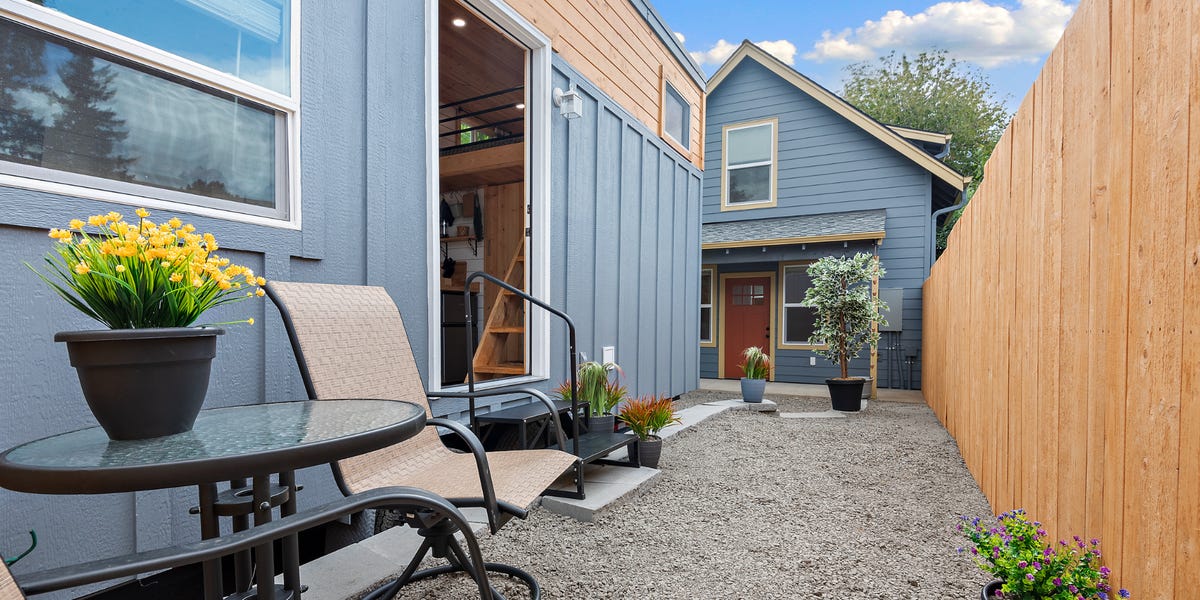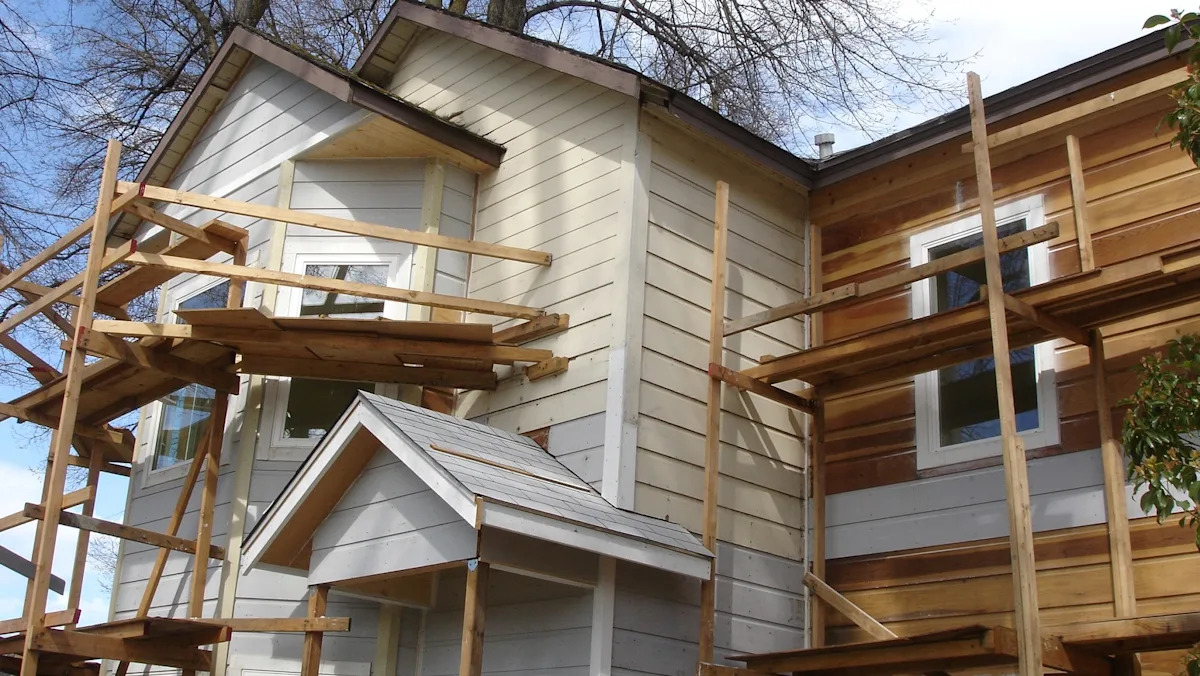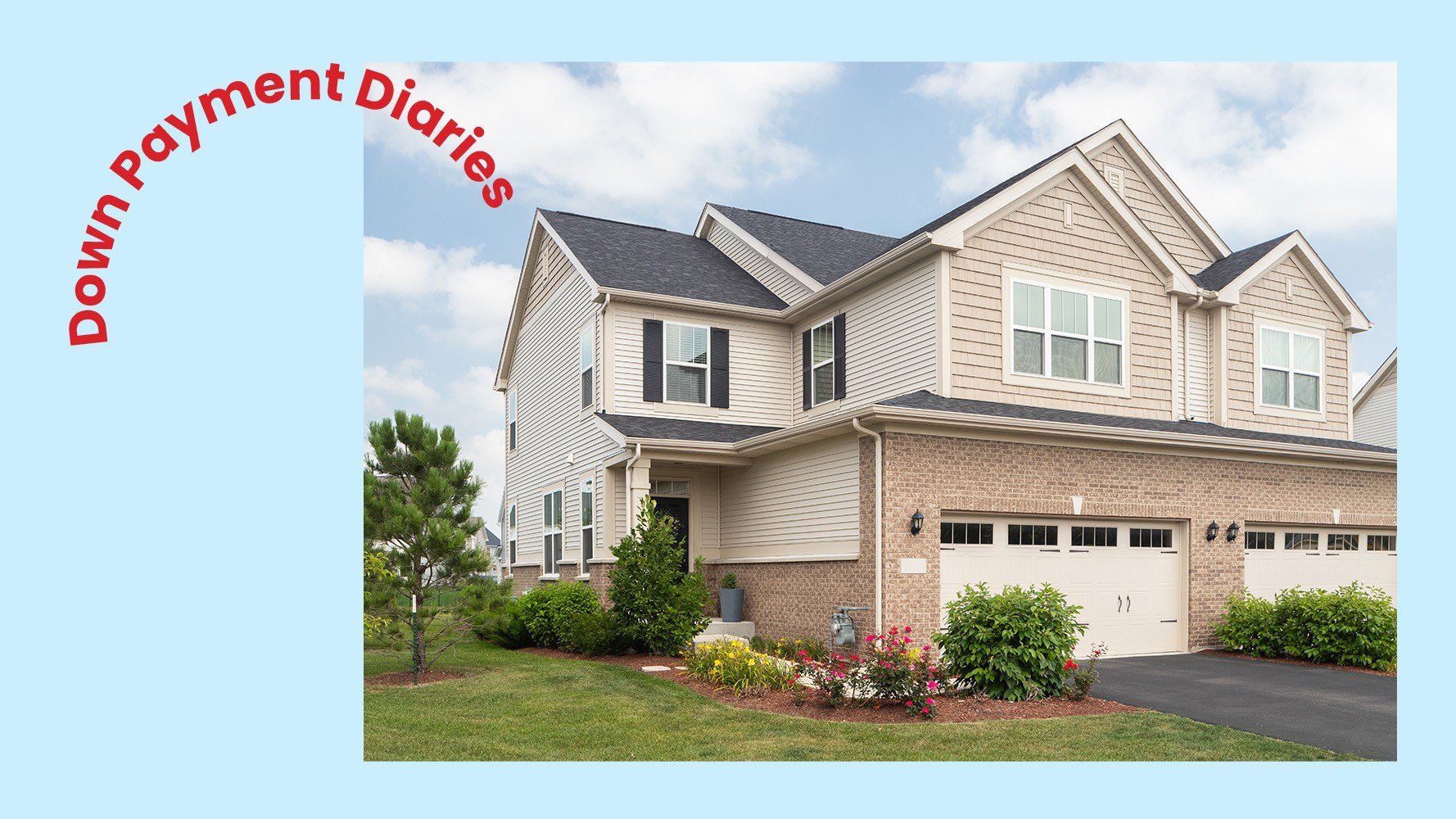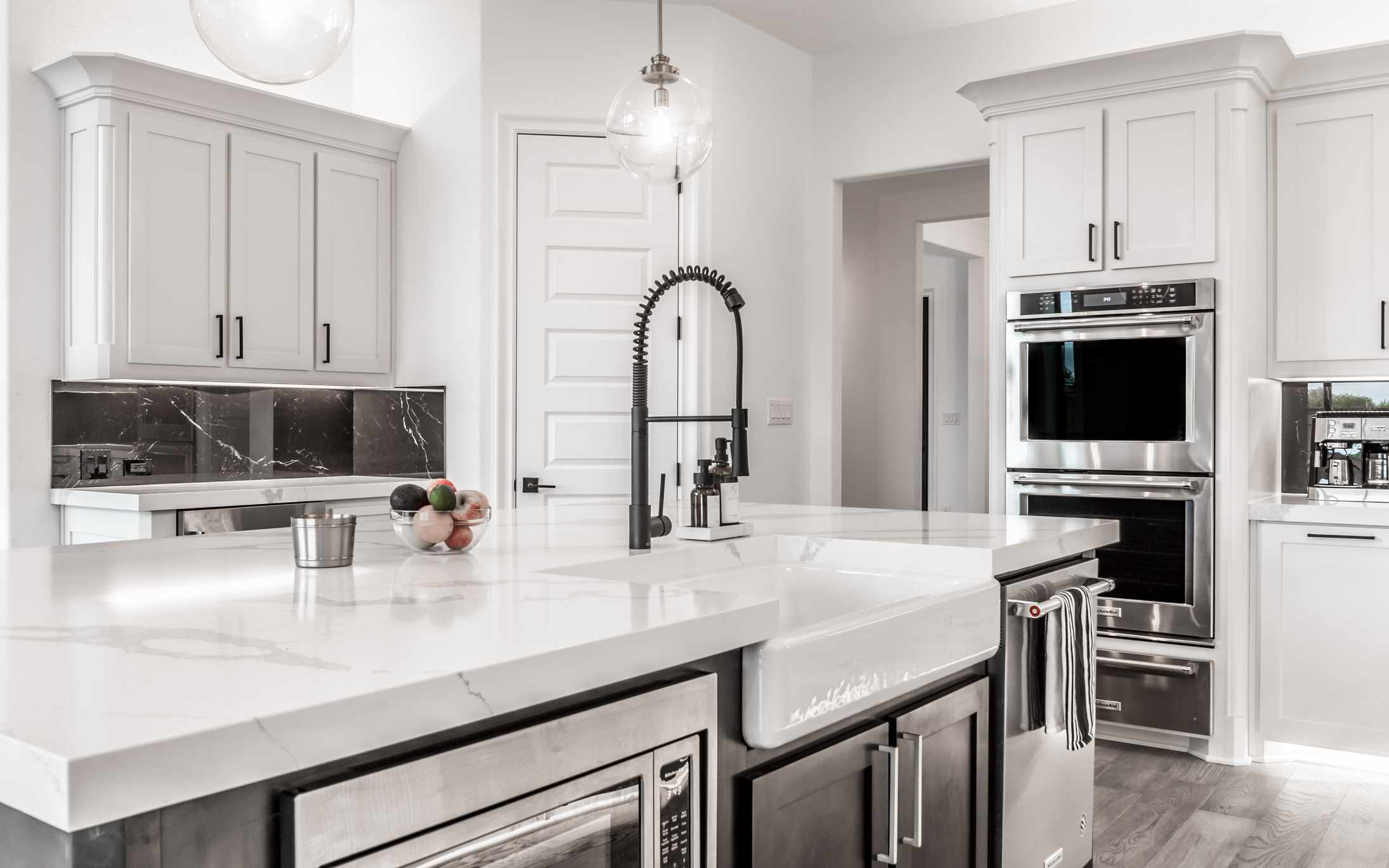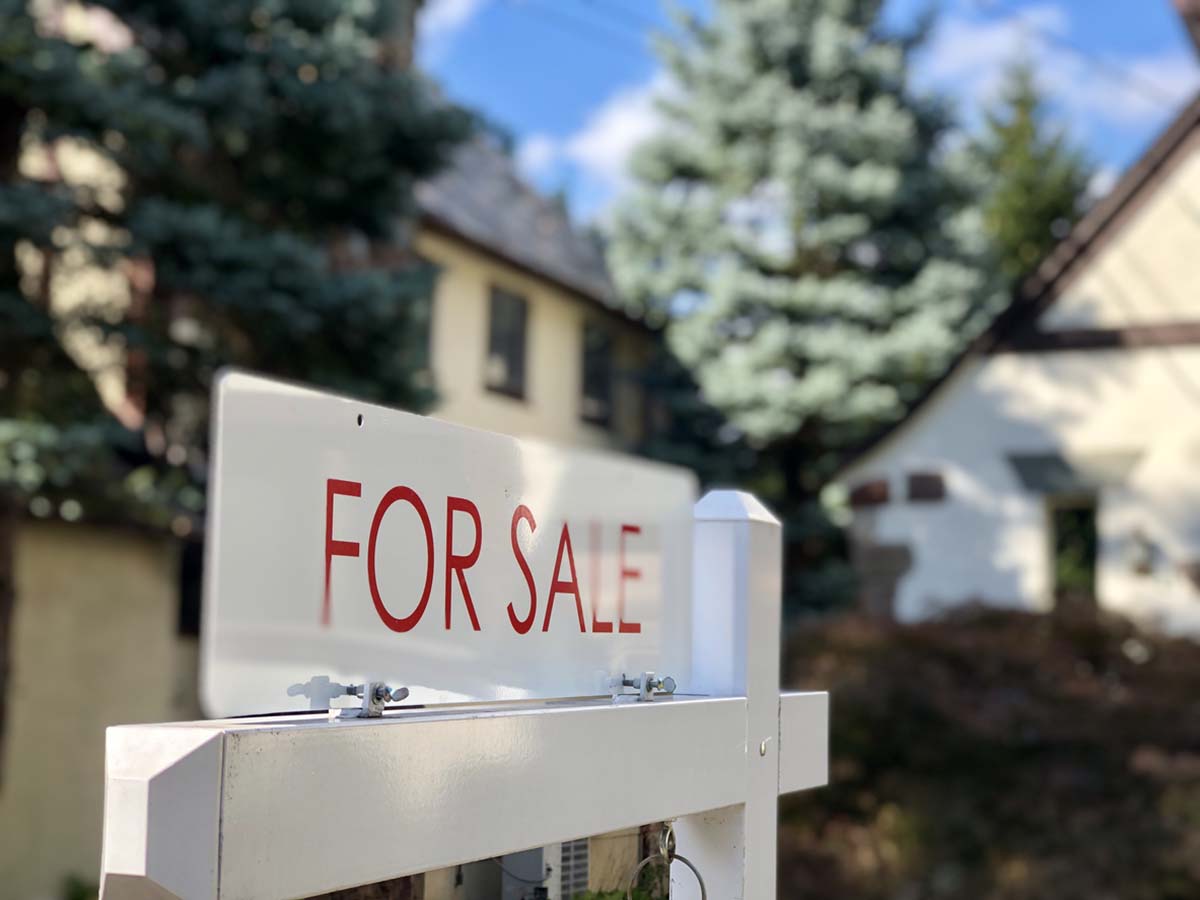E
milie Karas bought a run‑down six‑bedroom house in Portland in early 2020 with no construction background. When the demolition contractor she hired quit as the pandemic hit, she had to learn on the fly and stepped into the role of a DIY project manager. In 2021, Portland passed a zoning change that lets homeowners add up to two accessory dwelling units (ADUs) and one tiny home on wheels (THOW) to a residential lot. With her main house still under construction, Karas seized the opportunity to build two stacked ADUs and install a prefabricated, fully furnished THOW on her quarter‑acre backyard.
The two ADUs—one single‑bedroom and one two‑bedroom—were completed for roughly $300 000, a fraction of the typical $100 000–$300 000 per unit cost when all work is outsourced. Karas kept expenses low by handling much of the interior work herself and managing the project. A local nonprofit supplied a low‑interest loan in exchange for keeping the units rented at affordable rates. The THOW, an 8‑by‑24‑foot trailer‑mounted home, cost about $60 000 to purchase and a few thousand dollars for local contractor Kol Peterson to set it up on the property. Because Portland treats a THOW as a vehicle, it bypasses the lengthy permitting and inspection process required for conventional homes and ADUs, making it the simplest addition.
Karas, who works for the Oregon employment department, rents the units for $1 500 (including utilities) for the one‑bedroom ADU, $1 850 for the two‑bedroom ADU, and $1 200 for the THOW. Together, the four tenants generate $4 550 in monthly rental income. She lives in the main house with her wife, Ellie Johnson, and three roommates, while the ADUs and THOW house four additional tenants. The arrangement supplies affordable housing in a city with a severe shortage, boosts her property’s value, and fosters a close‑knit community that Karas values.
Across the United States, cities and states are revising zoning codes to encourage similar backyard projects. While ADUs and THOWs cannot solve the national housing crisis—especially in high‑density urban areas—they provide a practical solution for neighborhoods dominated by single‑family homes on large lots. They offer homeowners a way to increase income and property worth while delivering needed affordable units.
Karas’s story illustrates how a homeowner can transform a neglected property into a multi‑unit, income‑generating complex by leveraging new zoning allowances, DIY construction, and community support. The result is a vibrant, affordable living environment that benefits both the owner and the city.
